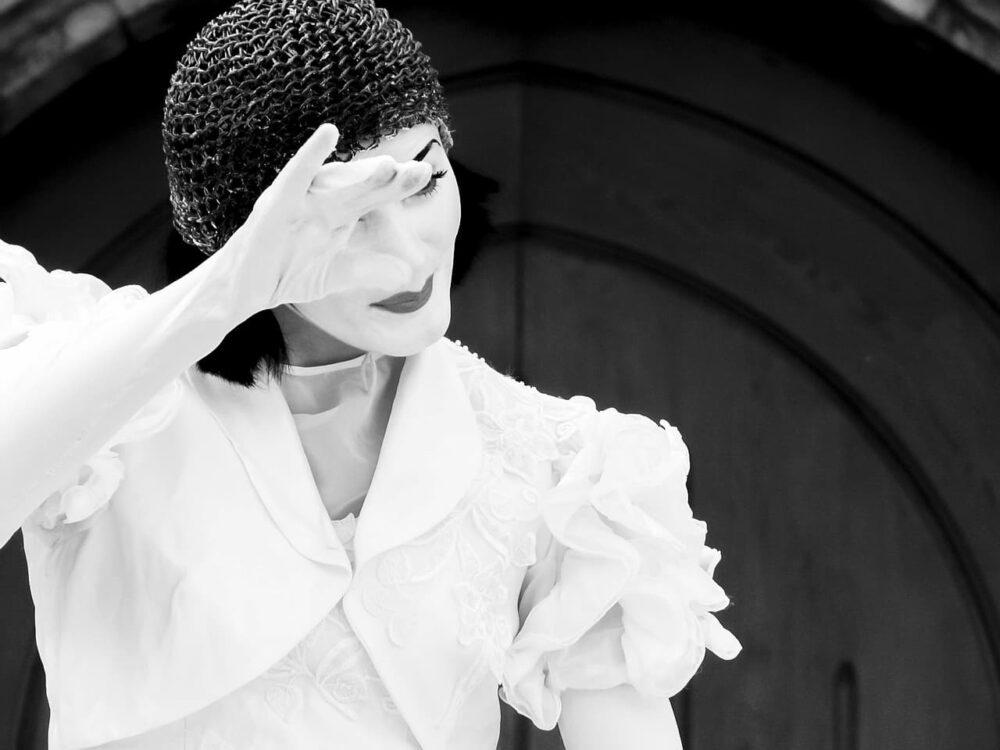
In the Footlights: Women Pioneers in American Theater
The world of American theater has long been illuminated by brilliant talents who have shaped and reshaped the landscape of performance arts. While history often highlights the achievements of men on the stage and behind the scenes, it’s essential to recognize the incredible contributions of women who have blazed their own trails, challenging norms, and pushing boundaries to make their mark. This article sheds light on some of the remarkable women pioneers in American theater, whose stories have, for too long, been relegated to the shadows.
Sarah Bernhardt: The Divine Sarah
Before diving into American theater’s history, it’s essential to acknowledge the international influence that Sarah Bernhardt, the iconic French actress, had on the American stage. Although she was not American, her impact on American theater was profound. Bernhardt, known as “The Divine Sarah,” was a trailblazer who defied societal expectations and became a sensation worldwide. Her American tours in the late 19th and early 20th centuries not only mesmerized audiences but also inspired countless American actresses.
Ida B. Wells-Barnett: Breaking Boundaries and Stereotypes
In the late 19th century, Ida B. Wells-Barnett made waves in American theater as a journalist, activist, and playwright. She is best known for her fearless anti-lynching crusade, but she also made significant contributions to theater. Wells-Barnett used her platform to shed light on racial injustice through her plays, notably “Southern Horrors: Lynch Law in All Its Phases.” Her work not only challenged stereotypes but also paved the way for African American women to have a voice in American theater.
Lorraine Hansberry: A Raisin in the Sun and Beyond
The mid-20th century marked a pivotal moment in American theater, and Lorraine Hansberry stood at its forefront. In 1959, Hansberry made history as the first African American woman to have a play produced on Broadway with “A Raisin in the Sun.” The play, which explored themes of race, poverty, and the American dream, resonated deeply with audiences and critics alike. Hansberry’s groundbreaking work brought African American stories to the forefront of American theater, challenging the racial norms of the time.
Elaine Stritch: A Broadway Icon
Elaine Stritch was a true Broadway legend. With her distinctive voice and powerful stage presence, she left an indelible mark on American theater. Stritch’s career spanned several decades, and her performances in shows like “Company” and “A Delicate Balance” earned her critical acclaim and a devoted following. Her raw, unapologetic style made her a pioneer in the world of musical theater, breaking away from the conventional, demure female roles that were prevalent during her time.
August Wilson’s Muse: Phylicia Rashad
Phylicia Rashad, celebrated for her role as Claire Huxtable on “The Cosby Show,” is also a significant figure in American theater. She became a muse to the renowned playwright August Wilson, appearing in multiple productions of his works, including “Fences” and “Gem of the Ocean.” Rashad’s powerful performances not only showcased her extraordinary acting prowess but also elevated the narratives of African American characters in theater, bringing Wilson’s characters to life with depth and authenticity.
Susan Stroman: Redefining Broadway Choreography
Susan Stroman is a trailblazer in the world of choreography and direction. Her work on Broadway, including “The Producers” and “Contact,” has earned her numerous accolades, including multiple Tony Awards. Stroman’s innovative choreography, which seamlessly blends dance and storytelling, has redefined the way musicals are staged. Her contributions to American theater have left a lasting impact, inspiring a new generation of choreographers and directors.
Lin-Manuel Miranda’s Collaborator: Quiara Alegría Hudes
While Lin-Manuel Miranda rightfully receives acclaim for his groundbreaking work in “Hamilton,” it’s essential to recognize the contributions of Quiara Alegría Hudes, the playwright behind the musical’s book. Hudes collaborated with Miranda to create a powerful and culturally significant narrative that celebrates the founding fathers while also critiquing their flaws. Her work highlights the importance of diverse voices in shaping American theater, ensuring that stories from all backgrounds are heard and valued.
The Future of American Theater: A Call for Inclusivity
As we celebrate the remarkable women pioneers in American theater, it’s crucial to acknowledge that there is still work to be done in achieving full gender equality and inclusivity in the industry. While progress has been made, women continue to face challenges in obtaining equal opportunities in directing, writing, producing, and acting roles. The stories of women who have paved the way for future generations should serve as a reminder of the importance of recognizing and supporting women in all aspects of theater.
In conclusion, American theater owes much of its vibrancy, innovation, and cultural significance to the remarkable women who have pushed boundaries, challenged stereotypes, and told stories that resonate with audiences across the nation. From the early days of Sarah Bernhardt to the modern era of Lin-Manuel Miranda and Quiara Alegría Hudes, these women pioneers have left an indelible mark on American theater, inspiring generations of artists and continuing to shape the future of the stage. Their contributions remind us that the spotlight in theater should shine on talent, creativity, and diversity, regardless of gender.